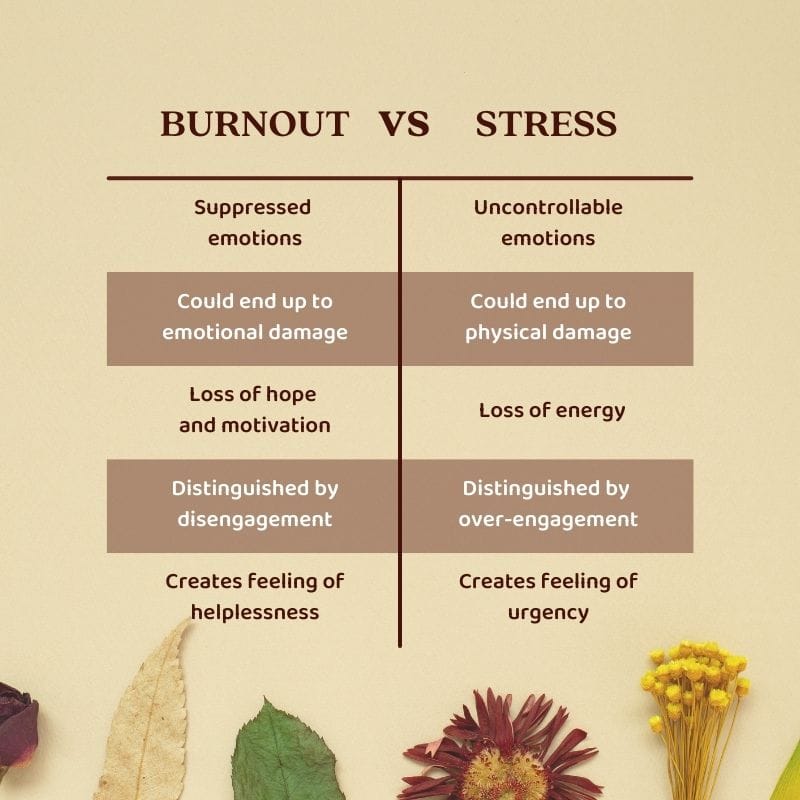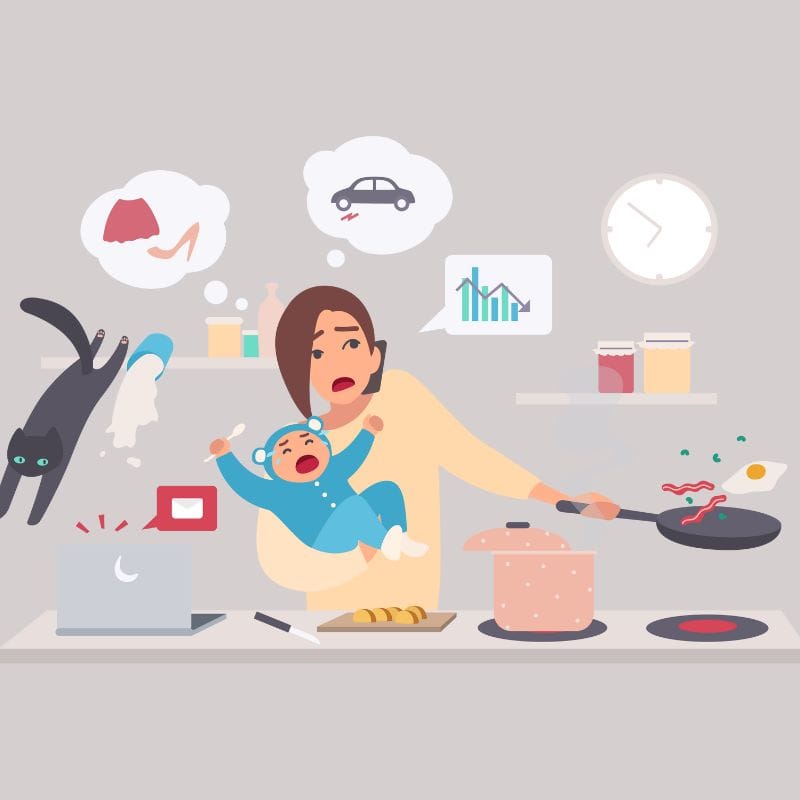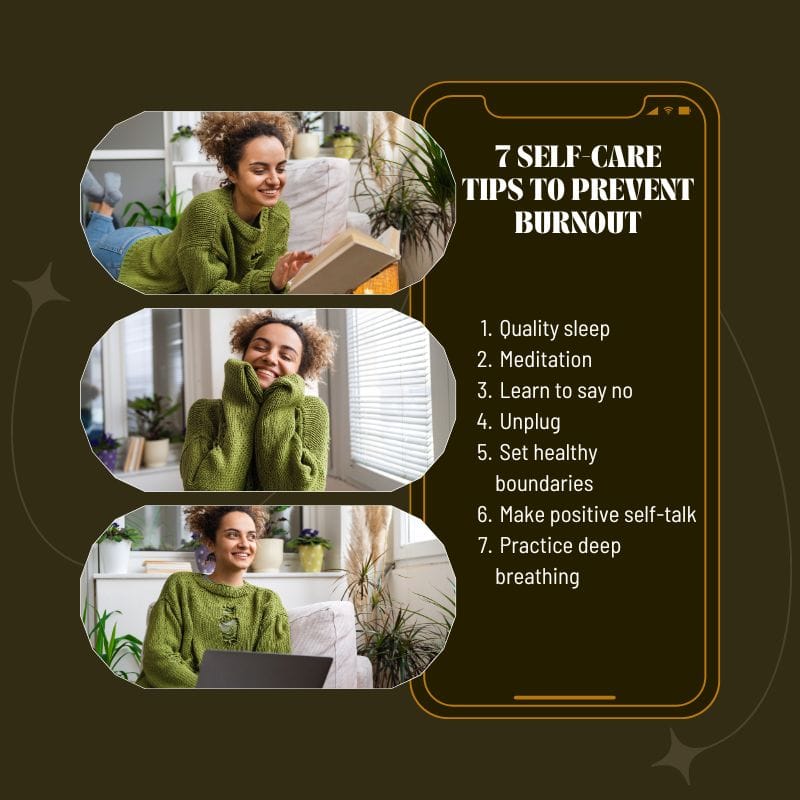Understanding and Overcoming Burnout: A Guide for Women on the Path to Self-Care
Burnout isn’t just a trendy term; it’s a serious condition that can leave you emotionally, physically, and mentally wrecked. It’s that feeling of being constantly overwhelmed, drained, and unable to keep up with life’s relentless demands. As the Founder of Self Blossom and an advocate for self-care and women’s health, I'm here to help you get real about what burnout is, how to spot it, and—most importantly—how to kick it to the curb.
What is Burnout?
Burnout happens when prolonged stress pushes you to your limits, leaving you feeling like you’ve got nothing left to give. It’s a state of exhaustion that seeps into every part of your life.

How Do I Know If I’m Burnt Out?
Recognizing burnout is crucial. Here are some red flags:
- Physical Symptoms:
- Chronic Fatigue: You're always tired, no matter how much you sleep.
- Insomnia: Can’t fall asleep or stay asleep.
- Frequent Illnesses: Your immune system is shot.
- Headaches and Muscle Pain: Persistent aches and pains.
- Appetite Changes: Either you’re overeating or you have no appetite at all.
- Emotional Symptoms:
- Self-Doubt: Feeling like you can’t do anything right.
- Helplessness: Trapped in your situation with no way out.
- Lack of Motivation: No drive to do anything.
- Cynicism: Negative outlook on work and life.
- Dissatisfaction: Nothing seems to make you happy anymore.
- Behavioral Changes:
- Avoiding Responsibilities: Can’t face work or social obligations.
- Isolation: Pulling away from friends and family.
- Procrastination: Tasks pile up because you can’t get them done.
- Unhealthy Coping: Turning to food, drugs, or alcohol to cope.

Women experience various types of burnout, each stemming from unique challenges they often face. Role overload burnout occurs when women juggle work, home, and personal life without sufficient support, leading to constant exhaustion and irritability. An example includes a working mom striving to balance her career, children, and household responsibilities. Interpersonal burnout arises from the emotional toll of managing personal relationships, resulting in emotional exhaustion and withdrawal due to feeling unappreciated, such as always being the emotional caretaker for friends and family.

Understanding Career Burnout
Career burnout is a significant issue for many women, particularly those facing workplace stressors such as gender discrimination and lack of advancement opportunities, causing job dissatisfaction and cynicism. For instance, a woman may feel undervalued and stuck in her career. Compassion fatigue, prevalent among caregivers, manifests as emotional numbness and reduced empathy from prolonged caregiving, as seen in nurses feeling drained after years of caring for patients.
Burnout in the workplace has become an increasingly significant issue across various sectors. Here are some key statistics that shed light on the prevalence and impact of burnout:
- Prevalence of Burnout:According to a 2021 survey by the American Psychological Association (APA), 79% of employees reported experiencing work-related stress in the month before the survey, and nearly 3 in 5 employees reported negative impacts of work-related stress.A Gallup study found that 76% of employees experience burnout on the job at least sometimes, and 28% report being burned out "very often" or "always".
- Industry-Specific Burnout:
- In the healthcare sector, a 2021 survey by Medscape revealed that 42% of physicians reported feeling burned out, with the highest rates among critical care (51%), rheumatology (50%), and infectious disease (49%) specialists.
- A study published in the Journal of Nursing Management found that 31% of nurses reported high levels of emotional exhaustion, a key component of burnout.
Burnout Among Different Demographics:
- Women are more likely to report burnout than men. A study by the Stanford University School of Medicine found that women are 60% more likely than men to experience burnout.
- Younger employees, particularly Millennials and Gen Z, report higher levels of burnout. A survey by Deloitte indicated that 84% of Millennials have experienced burnout at their current job compared to 77% of all respondents.
Evidence of employee burnout has trended upward since the onset of the pandemic in the U.S, according to employee engagement
surveys by LinkedIn's Glint Platform.
How to Combat Career Burnout
- Evaluate Your Career Path: Reflect on your career goals and whether your current job aligns with them.
- Seek Professional Development: Pursue opportunities for growth and learning.
- Foster Work-Life Balance: Set boundaries between work and personal life to prevent overworking.
- Advocate for Yourself: Speak up about your needs and aspirations to your employer.

How to Kick Burnout to the Curb
Here’s how you fight back:
- Acknowledge It: Be honest about what you’re feeling.
- Self-Care: Prioritize your physical, mental, and emotional health.
- Exercise: Move your body regularly.
- Eat Well: Nourish your body with healthy food.
- Sleep: Get enough rest.
- Mindfulness: Practice meditation or yoga.
- Joy: Do things that make you happy.
- Set Boundaries: Learn to say no.
- Work-Life Balance: Separate work from personal time.
- Delegate: Share responsibilities.
- Find Your Passion:
- Reflect: Think about what truly matters to you.
- Pursue Hobbies: Engage in activities that bring you joy.
- Build a Support System:
- Reach Out: Connect with friends, family, and support groups.
- Seek Professional Help: Therapy can be a game-changer.
- Stress Management:
- Time Management: Prioritize tasks and take breaks.
- Relaxation Techniques: Practice deep breathing or take up a hobby that relaxes you.

Recognizing Interpersonal Burnout
Interpersonal burnout arises from the emotional toll of managing personal relationships. Women often take on the role of emotional caregivers in their families and social circles, which can lead to burnout if they do not receive adequate support or recognition.
How to Address Interpersonal Burnout
- Set Boundaries: Establish clear limits on your availability and emotional energy.
- Communicate Needs: Express your feelings and needs to those around you.
- Practice Self-Care: Engage in activities that replenish your emotional reserves.
- Seek Professional Help: Consider therapy to manage emotional stress and develop coping strategies.
Recognizing the signs of burnout is the first step towards recovery. If you identify with any of the symptoms or types of burnout described above, it’s crucial to take action. Addressing burnout involves making lifestyle changes, seeking support, and prioritizing self-care. Remember, acknowledging burnout is not a sign of weakness but a step towards a healthier, more balanced life.
At Self Blossom, we are committed to supporting women in their journey towards self-care and well-being. Consider a Self Blossom Box subscription filled with tools and tips that combat burnout- delivered right to your door whenever you need it. Let's beat burnout together and live our fullest, happiest lives.

The quest for PURPOSE, TRUTH and to be our highest SELF is ongoing.
Cultivate Yourself!
